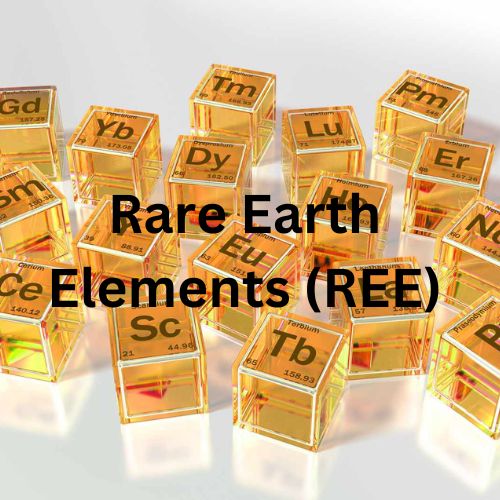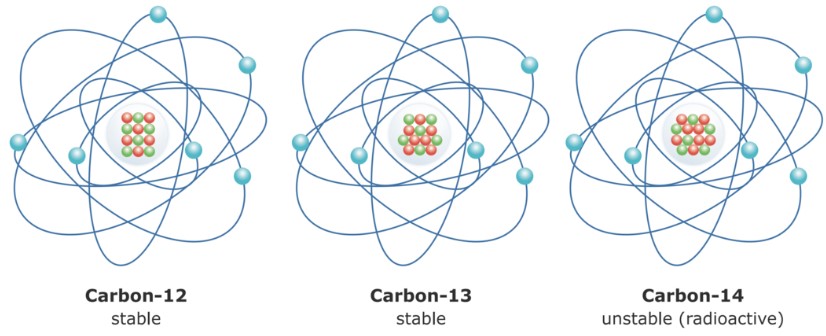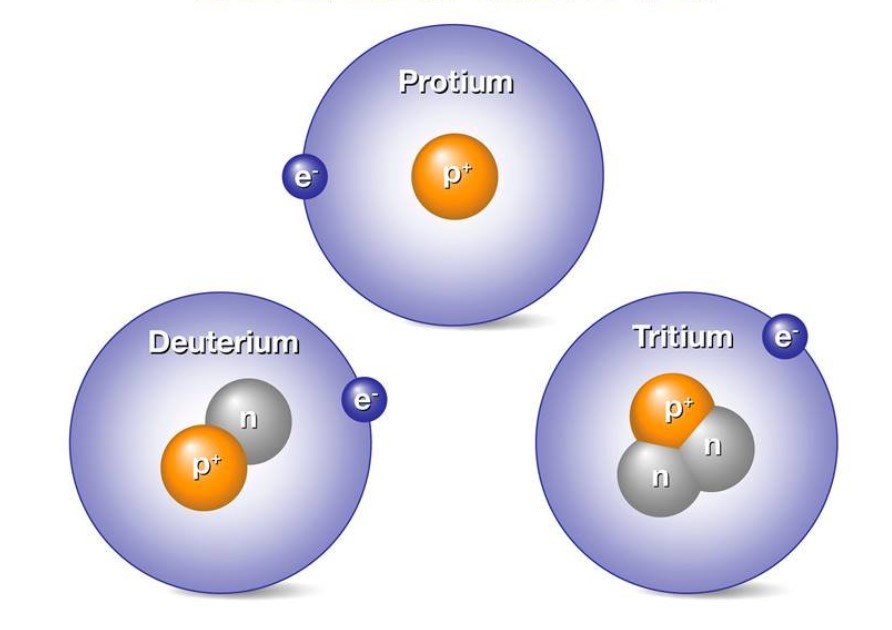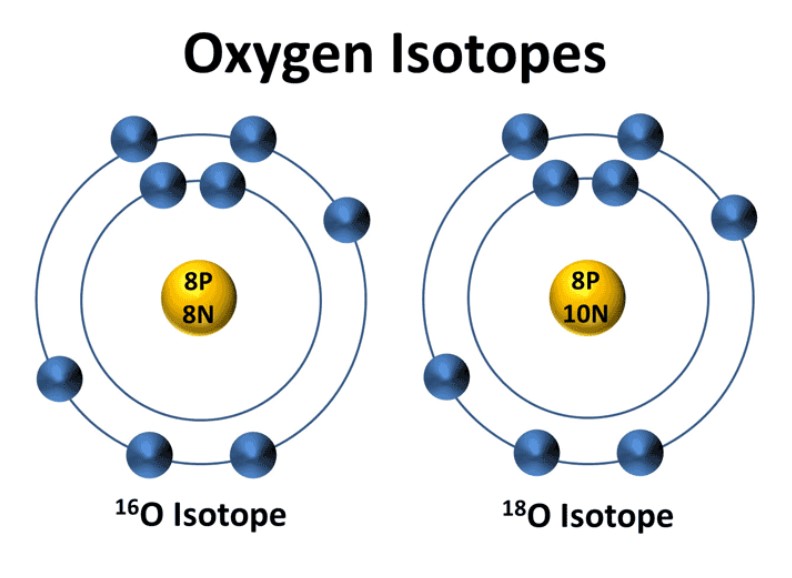Rare Earth Elements (REE)
Rare Earth Elements (REE) The rare earth elements (REE) are the most useful of all trace elements, with significant applications in igneous, sedimentary, and metamorphic petrology. The REE comprise the series of metals with atomic… Rare Earth Elements (REE)






